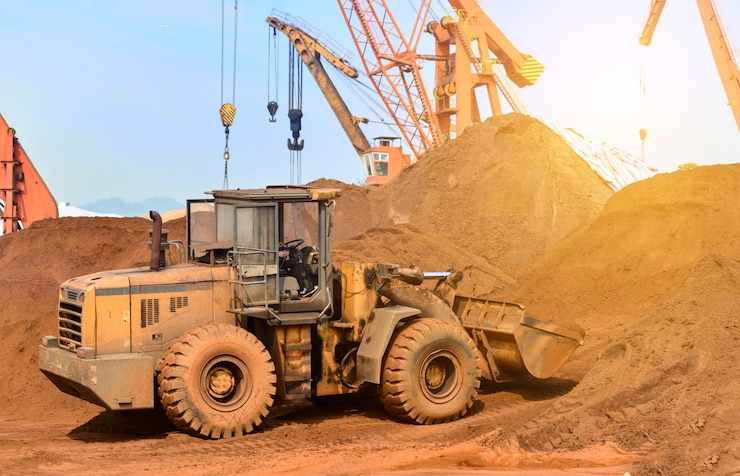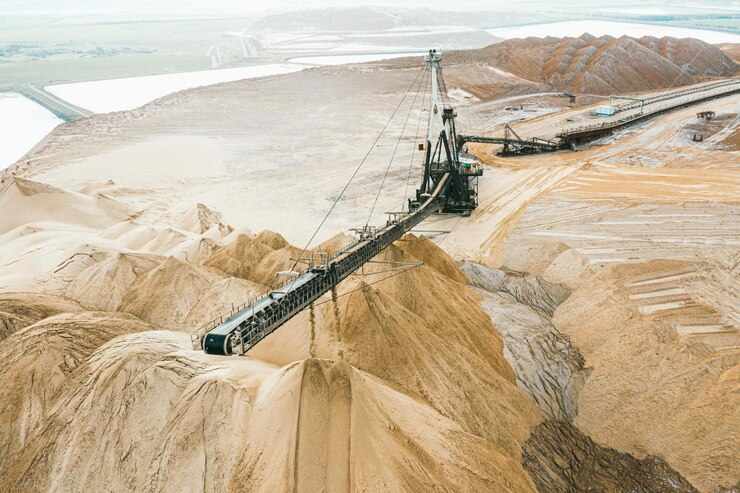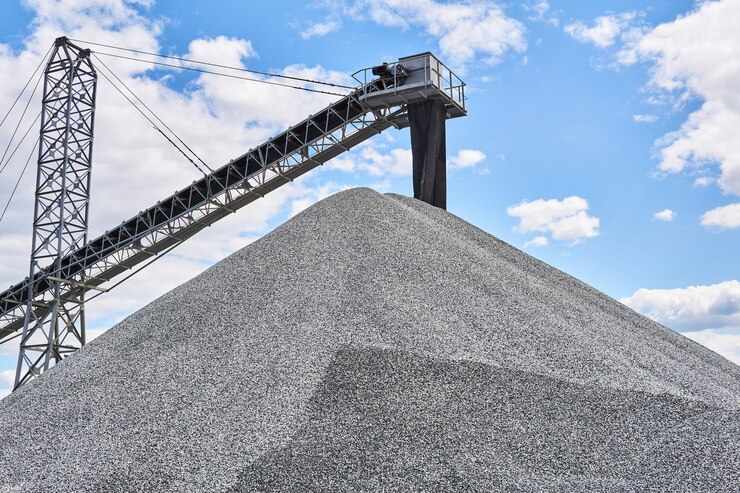
San Francisco is a city known worldwide for its iconic landmarks, diverse architecture, and hilly terrain. Beneath its vibrant urban landscape lies a crucial element that supports all development—sand and gravel. These essential materials play a vital role in construction, infrastructure, landscaping, and more. This blog explores the importance of sand and gravel San Francisco, the types used, sourcing challenges, and how they contribute to the city’s unique building needs.
Why Sand and Gravel Matter in San Francisco
Sand and gravel are certainly taking place aggregates composed of small rock particles, important in creation for their electricity, stability, and drainage houses. When combined with cement and water, they form concrete — the backbone of homes, bridges, roads, and sidewalks. Additionally, sand and gravel provide strong bases for foundations and roads, ensuring lengthy-term durability.
San Francisco’s precise geological capabilities, seismic pastime, and concrete density create precise necessities for production substances. Selecting the right sand and gravel is critical for making sure safety, toughness, and environmental compliance.
Types of Sand Used in San Francisco
Concrete Sand
Concrete sand is coarse and angular, perfect for creating strong, durable concrete. It bonds nicely with cement, generating materials that may resist heavy masses and seismic forces commonplace inside the Bay Area.Masonry Sand
Finer than concrete sand, masonry sand is used in mortar mixes for brick and blockwork, supplying a easy and viable consistency important for certain masonry projects.Plaster Sand
Plaster sand is even finer and used for clean finishes on partitions and ceilings. Its smooth and uniform grains permit for an attractive, long lasting floor.Fill Sand
Fill sand is used mainly for leveling and backfilling. While much less refined, it serves an crucial position in website training.Specialty Sands
San Francisco additionally makes use of forte sands such as sandbox sand and decorative sands for landscaping and recreational uses.
Types of Gravel Used in San Francisco
Crushed Gravel
Angular and nicely-graded crushed gravel is broadly used for avenue bases, concrete aggregates, and drainage layers. Its compaction residences make it ideal for supporting structures on San Francisco’s varied terrain.Pea Gravel
Small, rounded pea gravel is desired for landscaping, walkways, and drainage applications. Its clean texture affords aesthetic enchantment and practical capability.River Rock
River rock consists of larger, rounded stones typically used in landscaping and erosion control. These rocks provide herbal beauty and help control water drift in gardens and public areas.Decomposed Granite (DG)
DG is a natural aggregate that compacts into a solid floor, frequently used for pathways and patios.Recycled Gravel
Crushed concrete and asphalt recycled into gravel offer sustainable alternatives for base materials, supporting San Francisco’s environmental desires.
Sourcing Sand and Gravel in San Francisco
Obtaining first-rate sand and gravel in San Francisco includes balancing logistics, environmental regulations, and venture needs. Local quarries and aggregate providers should meet strict high-quality standards to ensure substances perform properly in seismic zones and urban settings.
Due to San Francisco’s dense urban surroundings, sourcing substances as close as possible reduces transportation costs and carbon emissions. Suppliers collaborate with regional companies to hold a steady supply chain that meets the town’s production desires efficiently.
Applications of Sand and Gravel in San Francisco
Road and Infrastructure Projects
San Francisco’s streets, highways, and bridges rely upon long lasting base materials to help increasing traffic volumes and seismic resilience. Crushed gravel provides the power and stability vital for long-lasting pavements.
Residential and Commercial Construction
Foundations, concrete slabs, utility trenches, and landscaping tasks require awesome sand and gravel to make sure structural integrity and aesthetic attraction.
Landscaping and Recreational Areas
From public parks to non-public gardens, decorative gravel and forte sands decorate inexperienced spaces even as helping drainage and erosion manage.
Drainage and Environmental Management
With San Francisco’s rainy seasons, right drainage is vital. Sand and gravel play key roles in stormwater systems, French drains, and permeable landscaping solutions that lessen runoff and flooding.
Environmental and Regulatory Considerations
San Francisco enforces strict environmental pointers on mining, transporting, and using sand and gravel to protect air high-quality, waterways, and habitats. Dust control, noise mitigation, and responsible sourcing are important components of compliance.
The town also supports the use of recycled aggregates to lessen landfill waste and preserve natural sources, aligning production practices with sustainability dreams.
Choosing the Right Sand and Gravel for Your Project
Key issues include:
Project Requirements: Structural projects want angular, well-graded aggregates; landscaping can use rounded decorative gravel.
Load and Usage: Roads and heavy-use regions require long lasting base materials.
Drainage Needs: Properly sized gravel enhances water infiltration and runoff management.
Aesthetic Preferences: Color, texture, and size impact visible appeal.
Budget and Sustainability: Recycled substances provide fee financial savings and environmental advantages.
Installation Best Practices
Proper set up maximizes performance:
Site Preparation: Proper grading and compaction make certain a stable foundation.
Layered Installation: Aggregates ought to be installed in lifts with thorough compaction.
Moisture Control: Moisture aids compaction however must be managed to prevent over-wetting.
Edge Restraints: Essential for decorative packages to maintain clean lines.
Drainage Planning: Incorporate right slopes and drainage paths.

Challenges Specific to San Francisco
Seismic Considerations: Materials should guide structures that may face up to earthquakes.
Urban Density: Limited space complicates garage and shipping.
Environmental Restrictions: Regulations on quarrying and dust manage add complexity.
Soil Variability: Diverse soil conditions require custom designed aggregate solutions.
Conclusion
Sand and gravel are critical to Sacramento’s growth, infrastructure, and unique character. Their proper selection and use ensure the safety and durability of everything from roadways to recreational parks. Trusted sand and gravel Sacramento suppliers play a key role in providing quality materials that support the city’s continued development.
By know-how the kinds of sand and gravel available, how they're sourced, and their suitable makes use of, contractors and house owners can ensure their initiatives meet the city’s rigorous standards and withstand its precise environmental challenges.
From concrete foundations to ornamental landscapes, sand and gravel remain the inspiration of San Francisco’s dynamic city environment.


Write a comment ...